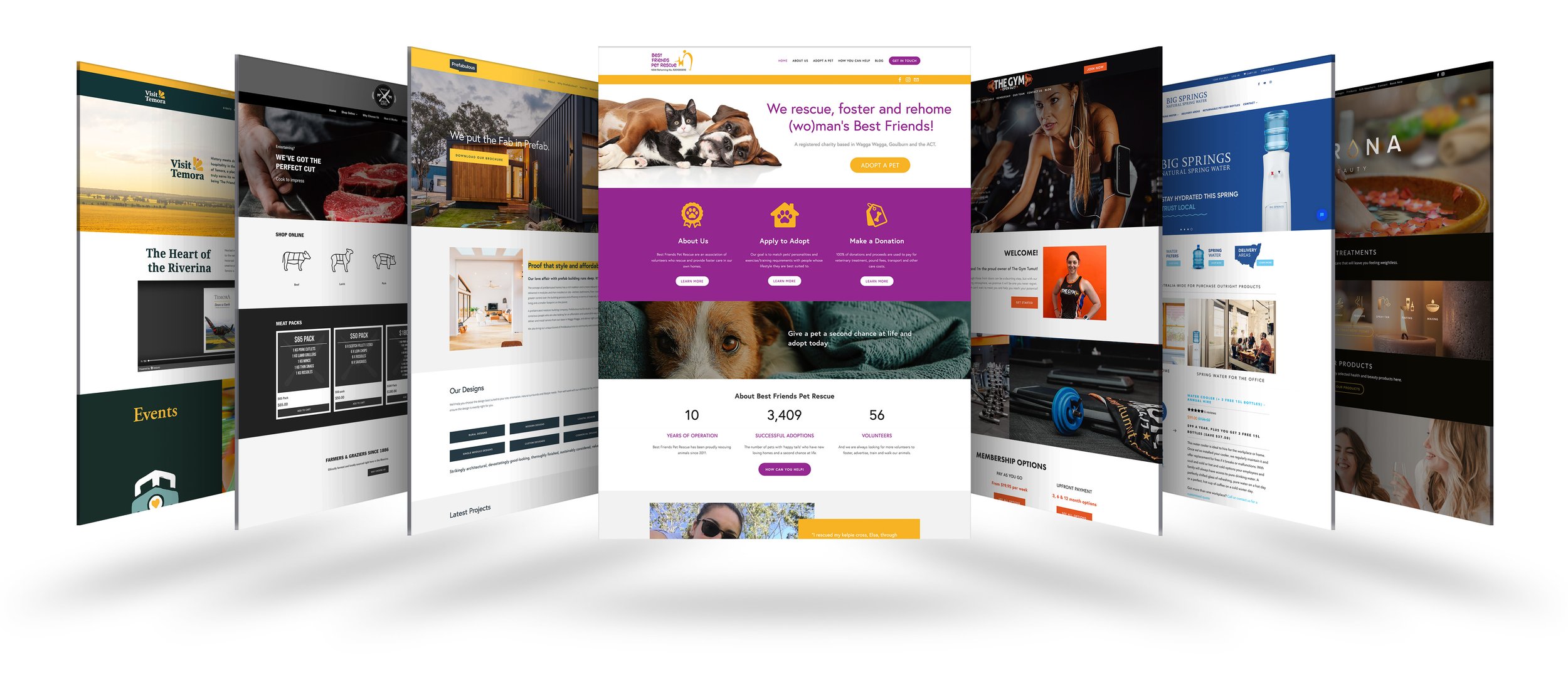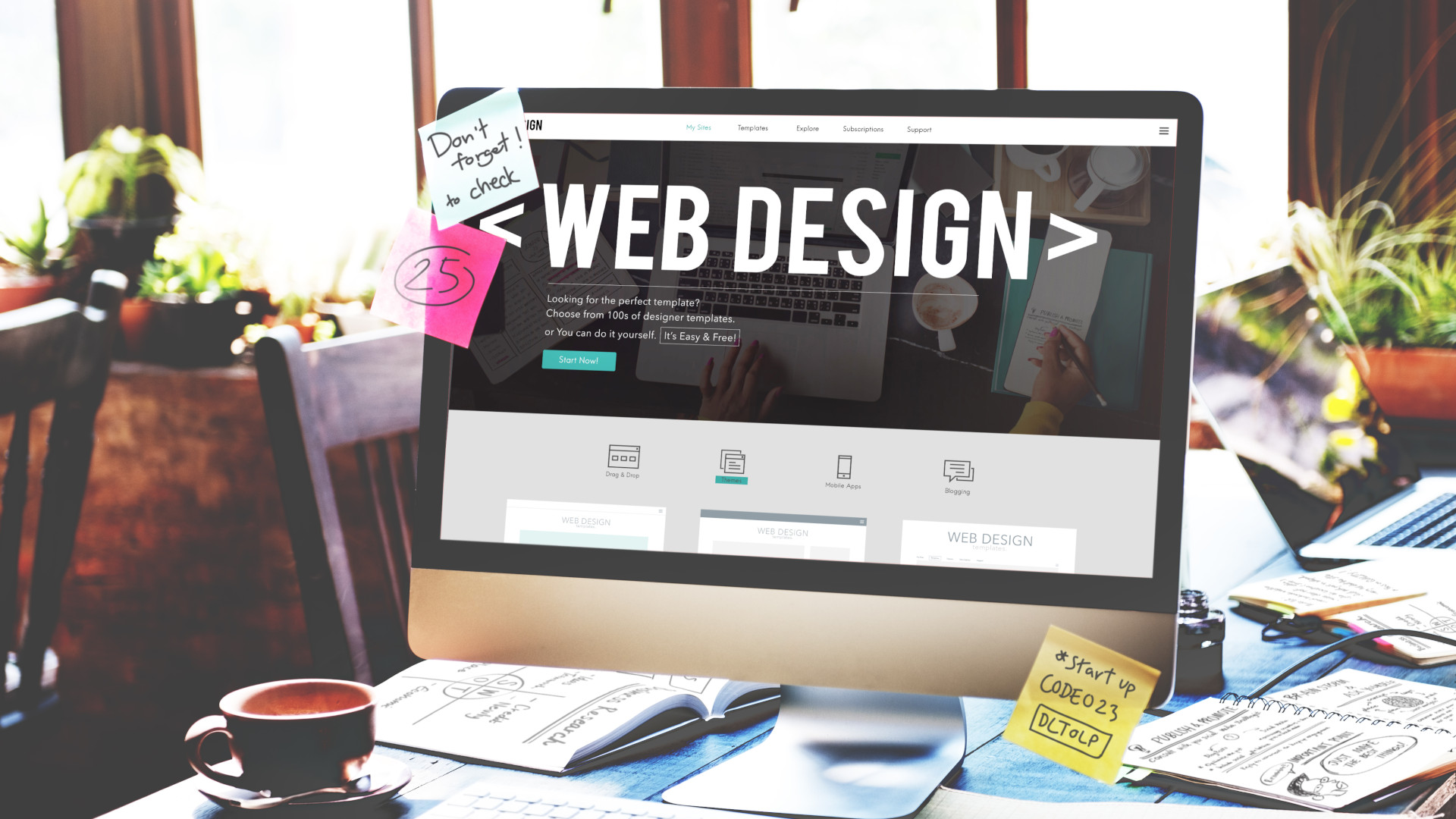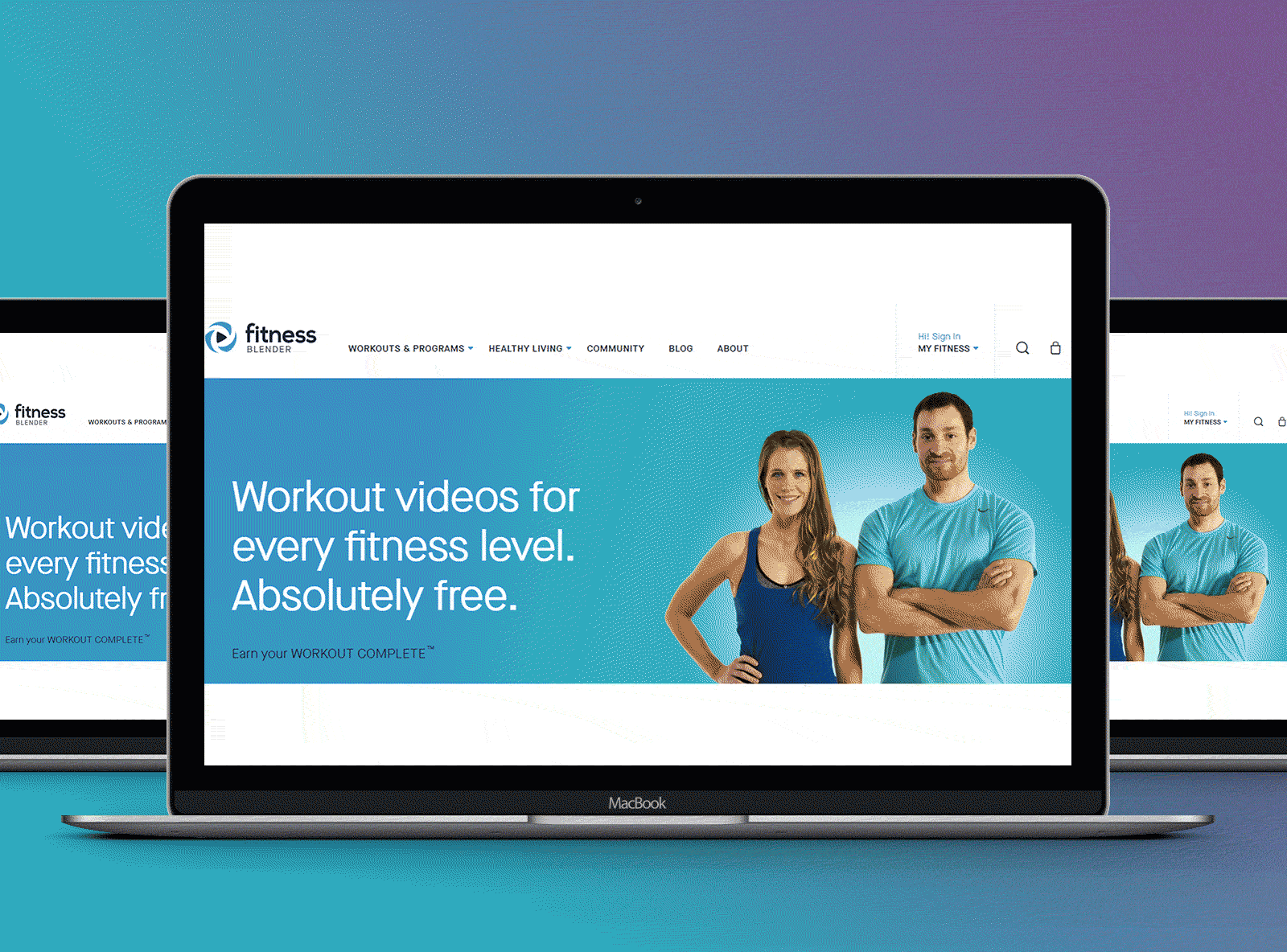Common Errors to Stay Clear Of in Website Design
The Power of User-Centered Site Style in Expanding Your Online Target Market
In an increasingly affordable digital landscape, the importance of user-centered website design can not be overstated. By concentrating on the needs and behaviors of users, businesses can create internet sites that not only draw in yet also engage a diverse audience. Efficient style concepts-- such as instinctive navigating and availability-- are necessary in promoting user contentment and commitment. Understanding how to leverage these principles efficiently raises vital concerns regarding implementation and impact. What techniques can organizations embrace to ensure their designs resonate with customers and inevitably drive development?

Recognizing User-Centered Layout
User-Centered Design (UCD) is a fundamental strategy to internet site growth that prioritizes the needs, choices, and habits of end individuals throughout the design procedure. This method stresses recognizing individuals deeply-- with research approaches such as meetings, surveys, and functionality testing-- to develop an internet site that reverberates with them. By integrating customer comments at every phase, developers can guarantee that the final item aligns carefully with user expectations.
UCD advertises iterative style, where prototypes are examined and refined based upon user interactions and experiences. This cycle not just enhances use but additionally cultivates a sense of ownership amongst individuals, as they feel their input is valued and impactful. In addition, UCD assists identify prospective barriers and discomfort points in the individual journey, enabling developers to deal with these challenges proactively.
Eventually, accepting UCD leads to internet sites that are much more instinctive, engaging, and reliable. By putting customers at the center of the style procedure, organizations can create digital experiences that not just attract however also maintain their target audience, driving higher satisfaction and commitment. In an affordable online landscape, this technique is important for attaining sustained success.
Key Concepts of Customer Experience
A successful user experience (UX) hinges on numerous key principles that assist the layout process and improve communication in between users and the site. Usability is critical; the web site needs to be instinctive, permitting customers to browse conveniently and locate details swiftly. This consists of clear labeling and a rational framework that decreases cognitive lots.
Second of all, access plays an important function in guaranteeing that all individuals, despite their capabilities or impairments, can effectively engage with the internet site. Including alt message for pictures, keyboard navigation, and screen viewers compatibility cultivates inclusivity.
Consistency is one more important principle. A natural layout language, from shade systems to typography, assists individuals develop familiarity and trust with the web site (Website Design). It also enhances brand identification
Additionally, comments mechanisms are essential. Individuals need to receive prompt and clear reactions to their activities, whether with visual cues or confirmation messages, which boosts their confidence in browsing the site.
Last but not least, mobile responsiveness can not be neglected. With an increasing variety of individuals accessing websites using mobile phones, a style that adjusts effortlessly to various display sizes is critical for preserving a positive customer experience.

Benefits for Online Involvement
Reliable online involvement provides various benefits that can significantly boost a site's total efficiency - Website Design. By fostering purposeful interactions in between individuals and the website, companies can cultivate a loyal target market that returns with regularity. Engaged customers are much more most likely to share material, thereby boosting organic reach and drawing in brand-new site visitors through word-of-mouth promo
Enhanced online interaction additionally leads to enhanced customer satisfaction. When users find a website that reverberates with their demands, they are much more likely to discover its offerings thoroughly, like this which can cause greater conversion prices. Additionally, appealing web content encourages individuals to invest even more time on the site, decreasing bounce prices and favorably influencing online search engine ranking formulas.
In addition, effective interaction supplies important insights right into customer choices and behaviors (Website Design). By evaluating individual communications, companies can customize their content and design techniques to satisfy the progressing assumptions of their target market. This flexible approach not only increases interaction however additionally enhances the brand's credibility as user-centric and responsive
Eventually, focusing on online engagement through user-centered style produces a successful ecological community where both the company and the audience benefit, resulting in sustained growth and success in the digital landscape.

Strategies for Reliable Design
To take full advantage of the advantages of online involvement, using specific techniques in site design is critical. First, user-friendly navigating is necessary; customers need to conveniently find information without confusion. A well-structured food selection, clear tags, and a rational pecking order improve the user experience and reduce bounce rates.
2nd, receptive layout is vital in today's multi-device atmosphere. Making sure that a web site adapts seamlessly to various display dimensions promotes ease of access, thus article accommodating a more comprehensive target market. This versatility not only boosts customer satisfaction but additionally favorably affects internet search engine positions.
Third, making use of visual hierarchy guides customers' interest to important elements, such as phone call to action (CTAs) Utilizing contrasting colors, differing font sizes, and critical spacing can successfully direct customers toward wanted actions, facilitating higher interaction.
In addition, executing regular branding across all web pages builds depend on and recognition. A natural shade imagery, typography, and scheme strengthen brand name identity and develop a professional appearance.
Last but not least, enhancing loading rates is vital. Customers are less most likely to involve with a slow-loading site, making efficiency optimization a crucial element of reliable design. By integrating these techniques, site makers can enhance individual experience and ultimately grow their on-line audience.
Real-World Success Stories
Success tales in user-centered website style highlight the concrete benefits of prioritizing individual experience. One notable example is the redesign of the internet site for the nonprofit company, Charity: Water. By including individual responses, the organization structured navigation and highlighted narration through impactful visuals. Because of this, they experienced a 250% boost in on-line contributions, demonstrating how an user-friendly style can drive user interaction and assistance.
One more engaging situation is that of Airbnb, which used user-centered style principles to improve their booking process. By simplifying the customer trip and incorporating individualized referrals, they dramatically minimized website go to my blog abandonment prices. This concentrate on individual experience contributed to a revenue growth of over 70% in a single year, emphasizing the correlation in between properly designed user interfaces and economic success.
In addition, the e-commerce giant, ASOS, implemented user screening to fine-tune their mobile app. By addressing customer pain factors, they attained an exceptional 30% increase in mobile sales. These instances highlight that purchasing user-centered design not just improves user satisfaction however also drives substantial service results, enhancing the vital role of individual experience in achieving on-line growth.
Verdict
In final thought, user-centered internet site design works as an essential method for enhancing on the internet target market engagement. By prioritizing customer needs and preferences, services can develop accessible and user-friendly electronic experiences that foster loyalty and drive conversions. The assimilation of customer feedback throughout the style procedure not just reduces bounce rates but also motivates expedition. Inevitably, taking on effective user-centered design principles can substantially add to a company's success in an affordable electronic landscape.
User-Centered Style (UCD) is an essential method to site development that prioritizes the needs, choices, and actions of end customers throughout the style process. By incorporating user feedback at every phase, developers can make sure that the final product aligns very closely with user assumptions.
An effective individual experience (UX) hinges on numerous vital concepts that assist the design process and boost communication between users and the website.Success stories in user-centered web site style illustrate the substantial benefits of prioritizing customer experience. These instances highlight that investing in user-centered design not just improves user satisfaction yet likewise drives tangible organization outcomes, enhancing the essential function of user experience in attaining on the internet growth.